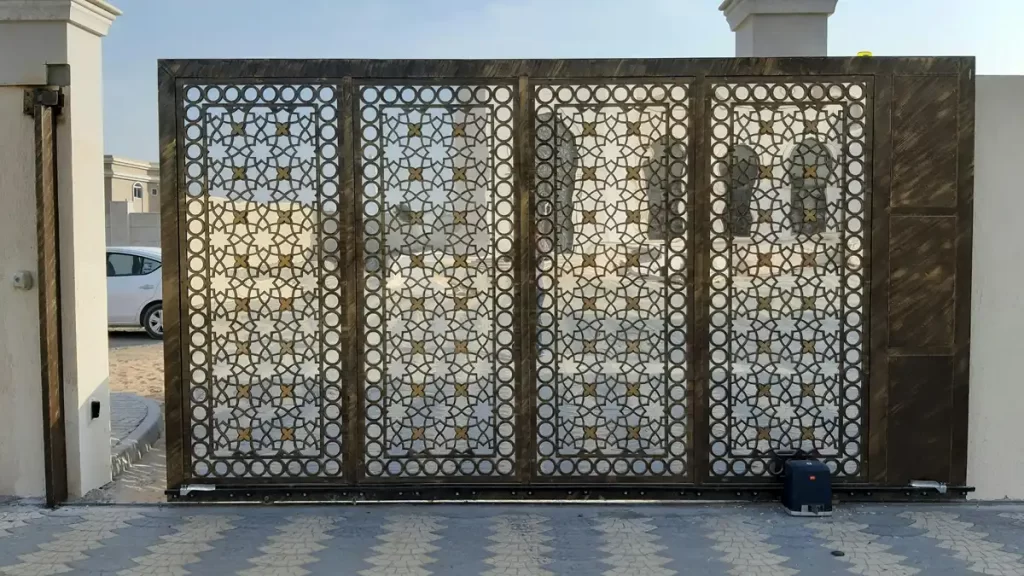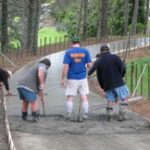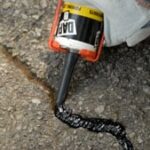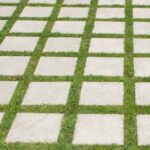Expert advice on how to remove oil stains from concrete, or to remove grease, rust stains, and paint from driveways and patios, plus how to use a pressure washer
When it comes to maintaining the beauty of your outdoor living spaces, patios and driveways are often the first—and most visible—places to show signs of wear and tear. Stains from oil, grease, rust, paint, mud, dirt, or other substances can quickly accumulate and mar the look of these surfaces. But fear not—with the right tools and techniques, you can clean those stubborn stains and restore your patio or driveway to its original beauty. This is an easy home improvement that pays off big in curb appeal.
For cleaning surfaces and stain removal, several methods and tools are available. From using traditional cleaning solutions to scrubbing with a stiff brush, there are various ways to get the job done. One of the key tools for getting cleaning done quickly and easily is a pressure washer. A pressure washer uses high-pressure water to blast away dirt, grime, and stains from hard surfaces like concrete, stone pavers, and brick. In this article, we’ll explore the importance of using a pressure washer in addition to other cleaning techniques for DIY cleaning of the toughest stains on your outdoor surfaces.
A pressure washer blasts a powerful water stream under a pressure of 1900–3100 pounds per square inch (psi), which is strong enough to clean and remove most types of stains on driveways and patios. (See How to use a pressure washer, below.) For a particularly stubborn stain, you may have to attack it with a bit more.
Following are some stain-removal techniques that will get the job done.
How to remove oil or grease stains
An oil stain or grease stain quickly finds its way deep into the concrete. The longer it sits, the deeper it goes—so act fast. If possible, clean it right away. Soak up the oil or grease with paper towels. If you’re not able to do this immediately, apply a generous amount of dishwashing detergent on the stain with a brush and let it sit for a few minutes.
Next, start pressure washing the area and repeat the process until the stain goes away. If it doesn’t disappear after a couple of takes, the oil or grease has probably been sitting on the surface for an extended period of time. In that case, you can use a degreaser or mineral turpentine to get the job done. Here’s how:
- Apply the degreaser or mineral turpentine directly to the stain, covering the entire stain.
- Allow it to sit for 10–15 minutes so it can penetrate and break-up the oil or grease.
- Scrub the stain with a stiff-bristled brush or broom.
- Rinse the area thoroughly with a pressure washer, making sure to remove all of the degreaser or mineral turpentine and any remaining oil or grease.
- Repeat until the stain is gone.
How to clean rust stains
When it comes to cleaning rust stains, the method will depend on the severity of the stain. You can treat it with lemon juice, vinegar, or a similar acidic cleaning solution if it’s a minor spot.
- First, apply dishwashing detergent to clean off any surface dirt to ensure thorough cleaning.
- Then use the acidic cleaning solution of choice and let it sit for 15–30 minutes.
- Once it’s well-soaked, thoroughly pressure wash the area and repeat the process if needed.
On the other hand, if the stain doesn’t lift after two or three attempts, you’ll need a more powerful acid to extract the rust. This can be done with hydrochloric acid, but be careful when using it. It is hazardous to handle and can damage or change the color of the surface, so strictly follow label directions. In most cases, you water it down before applying it (⅔ parts hydrochloric acid to ⅓ part water).
Cleaning paint stains
Paint stains depend on the paint, so it’s hard to determine how much success you will have when cleaning them. Intense colors may be impossible to fully remove, but you can make them less noticeable.
Some paint stains are relatively easy to clean with a pressure washer. But when it comes to stubborn stains, you may need to tackle them with a paint stripper.
- First, apply the paint stripper on the stain and let it sit for about an hour, depending on the size and severity of the stain.
- Follow that up with thorough brushing of the area.
- Finally, pressure wash it for the best results.
- Repeat the process if needed.
How to clean alcohol/soft drinks stains
These types of marks are usually the easiest to clean. Simply pressure washing the area will completely remove the stain most of the time.
If it’s a more persistent stain, address it with dishwashing detergent, working it in with a cloth or brush. Follow up by pressure washing, which should remove the stain entirely.
Cleaning mold and mildew stains
Removing mold and mildew stains from a patio or driveway can typically be done by pressure washing. For stubborn stains, mix up a cleaning solution of:
- Equal parts white vinegar and water or
- A thick paste of baking soda and water or
- One cup bleach with one gallon of water (wear gloves, old clothes, and safety glasses)
Apply this solution to the stain. Allow it to sit for 15–20 minutes, and then scrub with a stiff-bristle brush. Rinse with clear water.
Cleaning mud/dirt stains
Mud or dirt build-ups are usually relatively easy to clean by simply hosing down the driveway or patio. For stains that have accumulated over a long period of time, use a pressure washer. If that doesn’t work, soak the stains with vinegar or baking soda, allow to sit for a few minutes, and pressure wash again.
How to use a pressure washer
When pressure washing, first prepare the surface and area where you’ll be working. Move any large objects that could get in the way of cleaning and protect any shrubbery and plants within the pressure washer’s range.
Next, gather the necessary safety equipment. You’ll want safety goggles, earplugs, and non-slip shoes or boots. Always be cautious when using a pressure washer—it is powerful enough to injure the user or damage the surface you are cleaning.
Attach one end of the hose to the spray wand and the other end to the pressure washer’s outlet. Also connect your garden hose to the pressure washer’s intake valve. Before you start the pressure washer, be sure to turn on the water supply—otherwise, the pump can be damaged.
There are two main types of pressure washer—gas and electric. If you are using a gas pressure washer, fill up the fuel tank. If you are using an electric pressure washer, plug it directly into a grounded outlet—do not use an extension cord unless the cord is rated to carry the electrical load of the device.
Next, choose the right nozzle. The most common nozzle attachments are:
- 0° (red nozzle)
- 15° (yellow nozzle)
- 25° (green nozzle)
- 40° (white nozzle)
- 65° (black nozzle)
Smaller-degree nozzles blast harder, so a 15° or 25° nozzle is the best choice for cleaning most driveways. As the most powerful nozzle, the 0° is excellent for spot-treating certain areas that are severely stained.
Once everything is set, you are ready to start pressure washing. Once you start working, make sure to move the spray wand side to side—prolonged focusing of the stream on a single spot can damage the material’s surface. In addition, make sure that you keep a distance of two feet between the nozzle and the surface being cleaned.
Once you finish cleaning, turn off the pressure washer and engage the trigger safety lock. After that, shut off the water supply. Unlock the wand and press the trigger once more to discharge any leftover water or pressure from the nozzle. Finally, the pressure washer is ready to be stored.
In summary
A pressure washer is a potent tool that can handle the hardest of surface-cleaning tasks around the house. It can be used for washing various types of stains, and in combination with certain cleaning supplies, it almost always gets the job done. It can be a great tool for efficiently cleaning surfaces like driveways and patios.
Author Bio
Jamey Kramer is the founder of pressurewashr.com and has led testing and reviewing since 2013. He has also worked as a commercial pressure washer at a rendering plant for 3 years and has been using commercial and residential pressure washers for 15+ years. He is also a mechanical engineer and while working in the mining industry designed several turn-key light industrial vehicle wash pads.



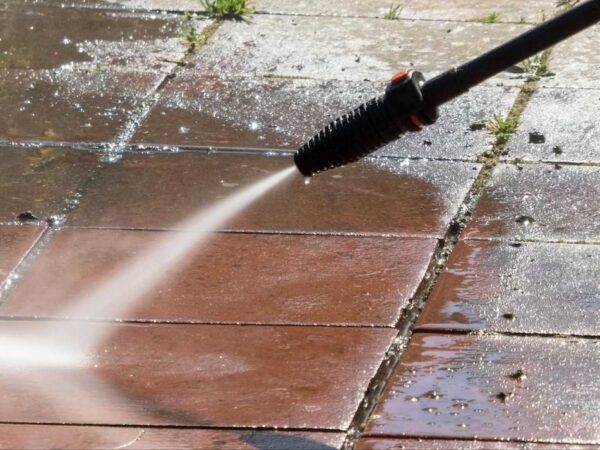
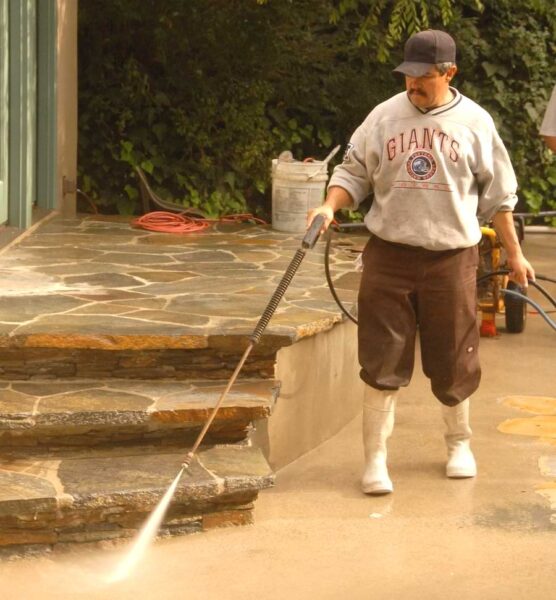
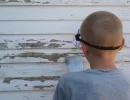
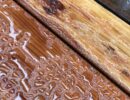
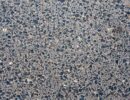
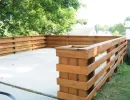
 Don Vandervort writes or edits every article at HomeTips. Don has:
Don Vandervort writes or edits every article at HomeTips. Don has:
